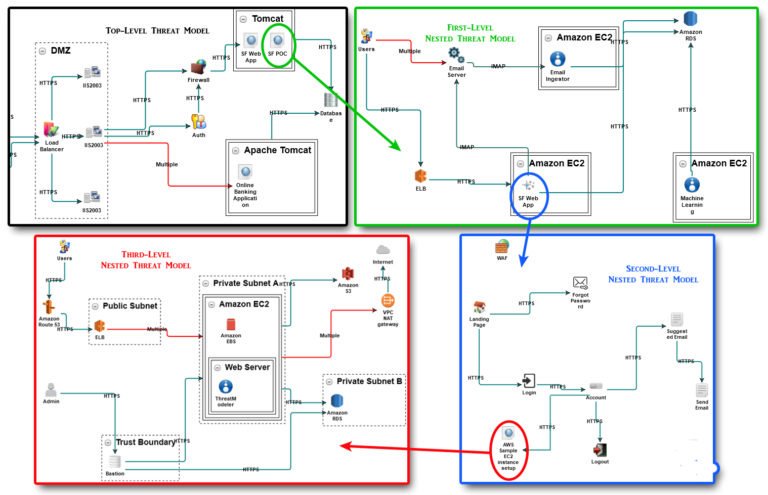Threat Modeling as a Service
|
The purpose of proactive threat modeling is to provide defenders with a systematic analysis of the probable attacker’s profile, the most likely attack vectors, and the assets most desired by an attacker. Threat modeling answers the questions;
Our adroit threat modeling exercise and table top exercises puts your people an systems to the ultimate test of what is possible when a motivated adversary targets your organization ultimately improving your organizational resiliency. |
Myths of Threat Modeling
|






